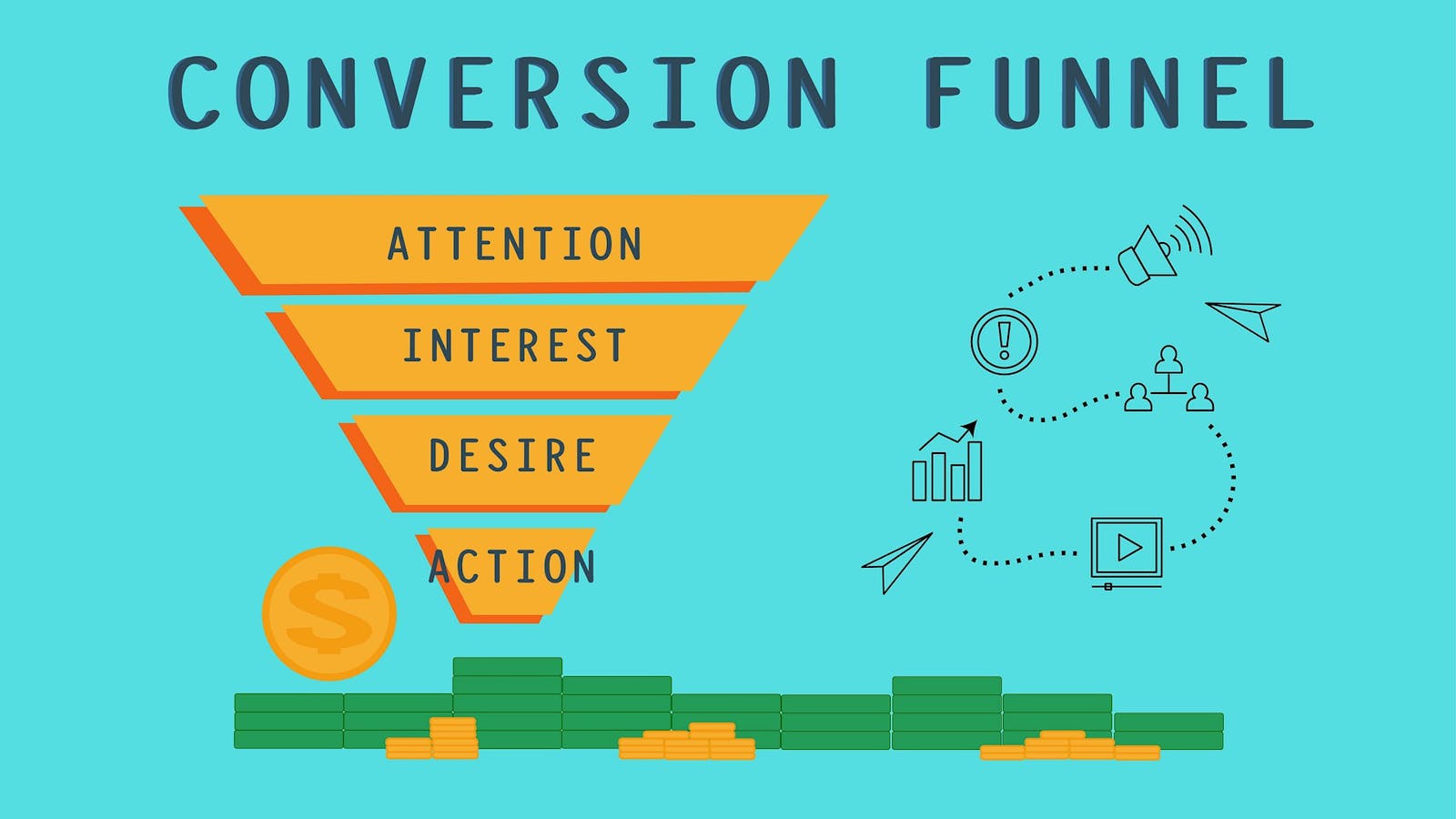
The Psychology Behind Subject Lines That Get Opened: 7 Proven Triggers
CP Advertising
7/16/2025
CP Advertising
7/16/2025
Your email subject line is the gateway to your entire message. With 47% of people opening an email based solely on the subject line—and more than two-thirds reporting an email as spam based only on the subject line—mastering the psychological triggers that compel readers to click is crucial for email marketing success. In 2024, the average open rate across all industries was 42% but understanding the psychology behind effective subject lines can help you far exceed this benchmark.
This guide explores the seven psychological triggers that make subject lines irresistible, delving into the science behind each, offering practical examples and providing actionable tips to help you craft subject lines that consistently outperform the average.
Why Subject Lines Matter More Than Ever
Today’s inboxes are crowded.
From promos and political campaigners to daily news and—yes, spam—it’s easy to get lost in the mix. Your subject line is often the only chance you get to grab a reader’s attention. With the average person receiving over 120 emails a day, standing out requires more than clever wordplay—it demands a deep understanding of human psychology. Marketers who tap into psychological triggers can dramatically increase open rates, engagement and ultimately, conversions.
1. Urgency and Scarcity: The Fear of Missing Out
The Science
The scarcity principle is a powerful psychological driver. When people perceive something as limited or time-sensitive, their desire to obtain it increases dramatically. This is rooted in the fear of missing out (FOMO), a phenomenon that is especially pronounced in digital marketing. (Check out the popularity of #FOMO if you need proof.)
Examples
- Stat: 70% of consumers say a discount offer has pushed them to make an unplanned purchase.
- Trigger Words: “Expiring,” “urgent,” “act fast,” “limited time,” “last chance.”
A/B Test
- Control: “New Summer Collection Available”
- Test: “48 Hours Left: Summer Collection 50% Off”
Best Practices
- Use urgency sparingly to avoid “urgency fatigue,” where subscribers become immune to constant pressure.
- Combine urgency with a clear benefit to maximize impact.
- Consider using countdown timers or specific deadlines within the email body to reinforce the subject line’s message.
2. Curiosity Gaps: The Zeigarnik Effect
The Science
People tend to have stronger recall for unfinished tasks compared to those they've already completed—a phenomenon known as the Zeigarnik Effect. In email marketing, this translates to creating curiosity gaps that compel readers to open your message to satisfy their need for closure.
Techniques
- Use ellipses (…) to suggest more information.
- Ask intriguing questions.
- Make bold, incomplete statements.
- Tease valuable information without revealing it all.
Example
- Subject Line: “The Best Deals: 87% Off Hulu, 67% Off Paramount+…”
- Why it works: The ellipsis hints that there’s more value inside, prompting the recipient to open for details.
A/B Test
- Control: “Our Top 10 Marketing Tips”
- Test: “The Marketing Mistake That’s Costing You...”
Tips
- Avoid clickbait; always deliver on the promise made in the subject line.
- Pair curiosity with relevance to your audience’s interests.
3. Personalization: Making It About Them
The Science
Personalization goes beyond simply inserting a first name. True personalization uses behavioral data, location, purchase history and preferences to create relevant subject lines that resonate with the individual.
Strategies
- Reference the recipient’s name, company or location.
- Mention their past purchases or browsing behavior.
- Acknowledge subscriber anniversaries or birthdays.
Example
- Subject Line: “Melanie, these new features solve your workflow problem”
- Why it works: It addresses the recipient directly and references a specific pain point.
A/B Test
- Control: “Check Out Our New Features”
- Test: “Sarah, these new features solve your workflow problem”
Advanced Personalization
- Segment your audience based on interests, purchase history or engagement level.
- Craft subject lines that speak directly to each segment’s specific needs and desires.
4. Social Proof: Following the Crowd
The Science
Humans are social creatures and often look to others for guidance on how to behave. Social proof leverages this tendency by highlighting what others are doing, buying or saying, making your offer seem more credible and desirable.
Social Proof Indicators
- Customer testimonials and reviews.
- Usage statistics (“Join 50,000+ marketers”).
- Trending topics or popular items.
- Industry recognition or awards.
Example
Subject Line: “Join 10,000+ Teams Using Our #1 Project Tool”
- Why it works: It signals popularity and reliability.
A/B Test
- Control: “Try Our New Project Management Tool”
- Test: “Join 10,000+ Teams Using Our #1 Project Tool”
Tips
- Use authentic, verifiable social proof that your audience can relate to and trust.
- Avoid exaggeration; credibility is key.
5. Emotional Triggers: Connecting on a Human Level
The Science
Emotions drive decisions. Subject lines that evoke strong feelings consistently outperform neutral ones. Emotional triggers can be positive (excitement, pride, joy) or negative (fear, frustration, regret), but both can be effective when used thoughtfully.
Positive Emotions
- Excitement and anticipation
- Pride and achievement
- Joy and humor
- Hope and inspiration
Negative Emotions (Use Carefully)
- Fear of missing out
- Frustration with current situation
- Concern about problems
- Regret about missed opportunities
Example
- Subject Line: “Stop Feeling Overwhelmed by Your To-Do List”
- Why it works: It taps into frustration and offers relief.
A/B Test
- Control: “Productivity Software Features”
- Test: “Stop Feeling Overwhelmed by Your To-Do List”
Tips
- Match the emotion to your brand voice and audience.
- Avoid manipulation; authenticity builds long-term trust.
6. Benefit-Focused Language: What's In It For Me?
The Science
Subscribers open emails when they clearly understand the value they’ll receive. Benefit-focused subject lines answer the crucial question: “What’s in it for me?” by leading with outcomes, using action-oriented language and quantifying benefits.
Strategies
- Lead with the outcome, not the feature.
- Use action-oriented language.
- Quantify the benefit when possible.
- Address specific pain points.
Example
- Subject Line: “See Which Emails Generate 3x More Revenue”
- Why it works: It promises a clear, measurable benefit.
A/B Test
- Control: “Our New Email Analytics Dashboard”
- Test: “See Which Emails Generate 3x More Revenue”
Tips
- Be specific and transparent about the benefit.
- Avoid vague or generic promises.
7. Pattern Interrupts: Standing Out in the Inbox
The Science
Pattern interrupts are unexpected elements that break through the noise of typical marketing messages. They work by surprising subscribers and making them pause to pay attention.
Techniques
- Unusual punctuation or formatting.
- Conversational or casual language.
- Unexpected questions or statements.
- Breaking industry conventions.
Example
- Subject Line: “Oops... we forgot to tell you about this”
- Why it works: It disrupts expectations and sparks curiosity.
A/B Test
- Control: “Q4 Marketing Strategy Guide”
- Test: “Oops... we forgot to tell you about this”
Tips
- Use pattern interrupts sparingly to maintain their effectiveness.
- Ensure the content delivers on the intrigue created by the subject line.
Best Practices for Implementing These Triggers
To maximize the effectiveness of these psychological triggers, consider the following best practices:
- Test systematically: Make sure you’re testing one element at a time for clear results.
- Optimize for mobile: Keep subject lines under 50 characters for better visibility, especially on mobile.
- Match subject to content: Ensure your email delivers on the promise made in the subject line to maintain trust and reduce unsubscribes.
- Use automation wisely: Automated emails generate[AL1] 320% more revenue than their non-automated counterparts.
- Monitor frequency: Don’t overuse any single trigger, as subscribers can become desensitized to repeated tactics.
Bringing It All Together: Crafting High-Performing Subject Lines
The most effective subject lines often combine multiple psychological triggers. For example, a subject line like “Final Offer: See Why 25,000+ Teams Love Our Tool” relies on urgency, social proof and benefit-driven language.
Steps to Success
- Start with your audience: Understand their needs, preferences and pain points.
- Choose the right trigger(s): Select psychological triggers that align with your campaign goals and audience.
- Write multiple options: Draft several subject lines using different triggers and combinations.
- Test and measure: Use A/B testing to determine which subject lines perform best.
- Refine and optimize: Continuously analyze results and refine your approach based on data.
Conclusion
Understanding the psychology behind effective subject lines transforms your email marketing from guesswork into a science. By implementing these seven proven triggers—urgency, curiosity, personalization, social proof, emotions, benefits and pattern interrupts—you can significantly improve your open rates and overall campaign performance.
Remember, the best subject lines are those that combine multiple psychological triggers while remaining authentic to your brand voice. Start by testing one trigger at a time, measure your results and gradually build more sophisticated subject line strategies that resonate with your specific audience.
Consistency in testing and optimization is key. What works for one audience may not work for another, so let your data guide your decisions while these psychological principles inform your creative approach. By mastering the art and science of subject lines, you’ll ensure your emails not only get opened but also inspire action.
Ready to transform your email marketing results? Contact us today to get started.


